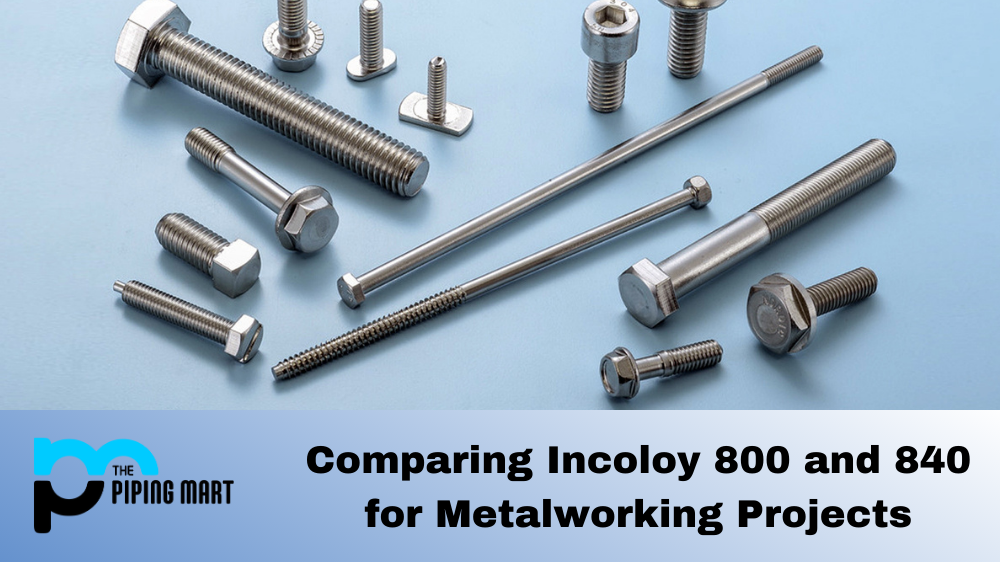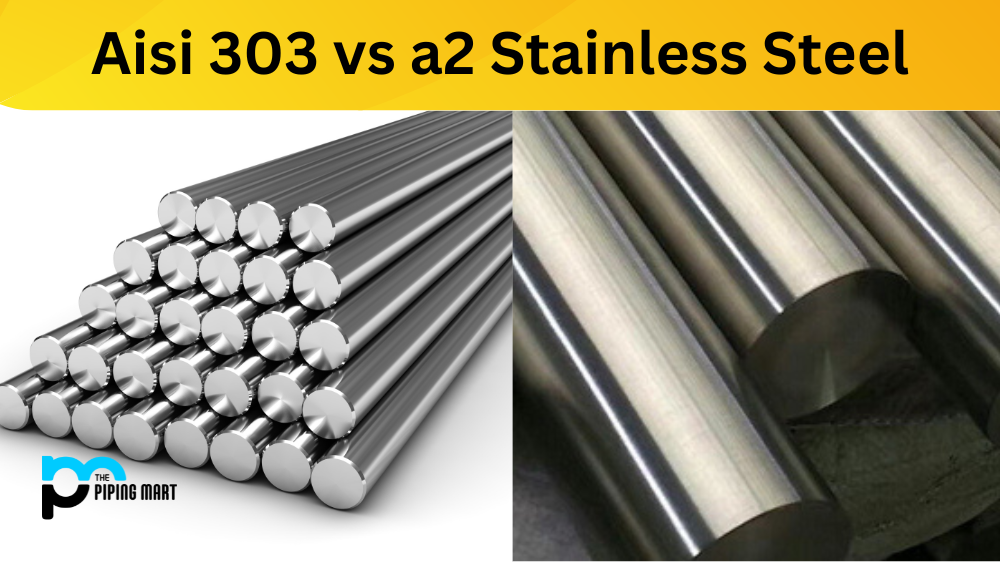Suppose you’re a metalworker, fabricator, or enthusiast looking for a suitable material to use in your next project. In that case, you may have come across two different grades of Incoloy—800 and 840. Both are high-performing alloys that are used in many industries. But what exactly sets them apart? Let’s take a look at the differences between Incoloy 800 and 840.
Incoloy 800 Properties
Incoloy 800 is a nickel-chromium alloy with good strength and excellent resistance to oxidation and carburization in high-temperature environments. It also has excellent resistance to stress corrosion cracking and is relatively easy to weld. Incoloy 800 can be used in temperatures up to 1100°F (593°C). It’s considered an age-hardenable alloy because it can become stronger with time. Due to its excellent corrosion resistance, Incoloy 800 is often used in heat exchangers, pressure vessels, and other components exposed to corrosive environments.
Incoloy 840 Properties
In contrast to Incoloy 800, Incoloy 840 is an austenitic alloy containing chromium, nickel, and molybdenum. The alloy has good resistance to reducing and oxidizing acids and stress corrosion, cracking, and pitting corrosion. This makes it ideal for use in petrochemical applications like pump shafts or turbine blades that must withstand harsh chemicals over long periods of time without corroding or degrading. Unlike Incoloy 800, however, it isn’t age-hardenable, so its strength cannot be increased over time. In addition, it can only be used up to 1000°F (538°C).
Difference Between Incoloy 800 and Incoloy 840
The main difference between these two grades of Incoloy lies primarily in their chemical composition. Incoloy 800 is composed of iron, nickel, chromium, and some trace amounts of other elements. It is well known for its exceptional corrosion resistance due to its high chromium content. On the other hand, Incoloy 840 contains iron, nickel, copper, titanium, aluminum, and some trace amounts of other elements. The presence of copper gives it greater strength than 800 but also makes it more susceptible to corrosion from acidic environments.
Another notable difference between these two grades is their melting points. Incoloy 800 has a higher melting point than 840 (1425°C vs. 1390°C). This means it can withstand higher temperatures without losing its properties or becoming brittle like some metals can when exposed to extreme heat. However, this does not necessarily mean that one grade is better than the other; they both have their own unique advantages depending on what application they are being used for.
Incoloy 800 vs 840
Composition
Incoloy 800 is an austenitic nickel-iron-chromium alloy with additions of copper and aluminum. Incoloy 840 is a precipitation-hardening nickel-chromium alloy with additions of molybdenum, copper, and titanium.
Melting Point
Incoloy 800 has a melting point of around 2,100 degrees Fahrenheit, while Incoloy 840 has a melting point of around 2,550 degrees Fahrenheit.
Tensile Strength
Incoloy 800 has a tensile strength of around 95 ksi, while Incoloy 840 has a tensile strength of around 130 ksi.
Density
Incoloy 800 has a density of around 8.0 g/cc, while Incoloy 840 has a density of around 8.5 g/cc.
Thermal Conductivity
Incoloy 800 has a thermal conductivity of around 100 W/m-K, while Incoloy 840 has a thermal conductivity of around 120 W/m-K.
Conclusion:
Incoloy 800 is often chosen over 840 due to its superior corrosion resistance; however, in applications where strength is paramount, such as gas turbines or exhaust systems then, Incoloy 840 might be the better choice because of its higher yield strength (320 MPa). Both grades have good ductility, so they are easy to shape into complex shapes with minimal effort. Furthermore, both grades have excellent weldability, which makes them perfect for many industrial projects where welding is required, such as pressure vessels or heat exchangers.

Pipingmart is a B2B portal that specializes in metal, industrial and piping items. Additionally, we share the latest information and information about materials, products and various types of grades to assist businesses that are involved in this business.




